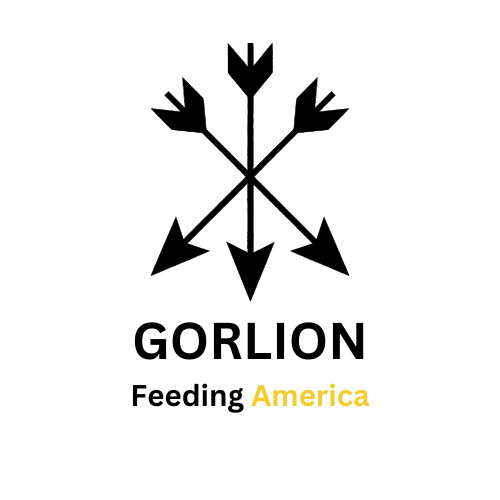In case you haven’t noticed, the U.S. National Debt has risen by $444 billion in the past two weeks. At that pace, the U.S. would be adding $11 trillion per year to the National Debt. Something is clearly going wrong. A sovereign debt and U.S. dollar crisis can’t be too far away.
These ominous signs in the financial world should have food and beverage manufacturers on high alert. The implications of skyrocketing interest rates and a looming economic crisis are not confined to the realm of finance alone; they have profound implications for the agricultural commodity market, which in turn can send shockwaves through the food manufacturing industry. In this era of economic uncertainty, it’s imperative for food and beverage manufacturers to brace themselves for the potential storm that lies ahead.
The Current State of Affairs
Let’s first dissect the current financial landscape. The prime rate, a benchmark for many loans, now stands at 8.5%, the highest it’s been since reaching 9% back in 2001. Prime rates exceeding 10% haven’t been witnessed since the 1980s. To put this into perspective, prime rates remained relatively stable around 3.5% from 2008 to 2022. However, the highest recorded prime rate was a staggering 19.5% back in 1981. Some experts even predict that the prime rate during this cycle could surpass 20%.
Such a significant surge in prime rates has immediate repercussions for agriculture. Many loans taken by farmers and producers are set at prime plus a premium. When the prime rate rises, so does the cost of borrowing for those in the agriculture sector. This means higher interest payments on existing loans and increased expenses for financing new projects or expanding operations. For a field already grappling with unpredictable weather, fluctuating commodity prices, and supply chain disruptions, this financial burden adds another layer of complexity.
The Ripple Effect on Agriculture
Now, let’s explore how these financial tremors can shake the agricultural commodity market. Rising interest rates lead to increased borrowing costs for farmers, which can result in reduced agricultural production. As the cost of financing farm operations climbs, some farmers might scale back on planting or invest less in modernizing their equipment. This could potentially translate to lower crop yields and reduced supply of key agricultural commodities.
Additionally, higher interest rates can drive up the value of the U.S. dollar. A stronger dollar can make U.S. exports more expensive for international buyers, which could reduce demand for American agricultural products in the global market. A decrease in export demand could further depress commodity prices, impacting the income of farmers and producers.
Inflation Looms Large
But that’s not all; the storm clouds of inflation are gathering. Inflation has a particularly potent impact on the agriculture sector. As the prices of goods and services rise, so do the costs associated with farming and food production. This includes everything from fuel and fertilizer to labor and transportation. Inflation can quickly erode profit margins for food and beverage manufacturers, leading to increased operational costs that are challenging to pass on to consumers in a highly competitive market.
Preparing for Uncertain Times
In these uncertain times, it’s crucial for food and beverage manufacturers to be proactive in addressing the challenges posed by rising rates and inflation. Here are some strategies to consider:
- Forward Contracts: Consider entering into forward contracts with suppliers for key agricultural commodities. These contracts allow you to lock in prices and quantities in advance, providing a level of price stability in a volatile market.
- Diversification: Diversify your supply chain by sourcing agricultural commodities from various regions and suppliers. This can help mitigate the impact of supply disruptions caused by adverse weather or other factors.
- Cost Management: Implement rigorous cost management practices to identify areas where expenses can be reduced or optimized. This may involve exploring energy-efficient technologies, streamlining logistics, or negotiating favorable terms with suppliers.
- Risk Hedging: Explore risk management tools such as commodity futures and options contracts to hedge against price fluctuations. These financial instruments can help protect your business from sudden spikes in commodity prices.
Gorlion: Your Trusted Partner in Uncertain Times
In times of economic turbulence, having a trusted partner can make all the difference. Gorlion is committed to helping food and beverage manufacturers navigate these challenging waters. Our Identity Preservation program ensures quality assurance for your agricultural commodities, and our expertise in forward contracts can provide stability in a volatile market.
As the financial landscape evolves and the storm of uncertainty rages on, it’s essential to have a partner who understands the unique challenges faced by food and beverage manufacturers. With Gorlion by your side, you can weather the tempest and emerge stronger on the other side.
The brewing storm in finance may seem distant, but its impact on the agriculture sector and, subsequently, food and beverage manufacturing is undeniable. By staying informed, preparing for the challenges ahead, and partnering with industry experts like Gorlion, you can safeguard your business and thrive in these unpredictable times.

